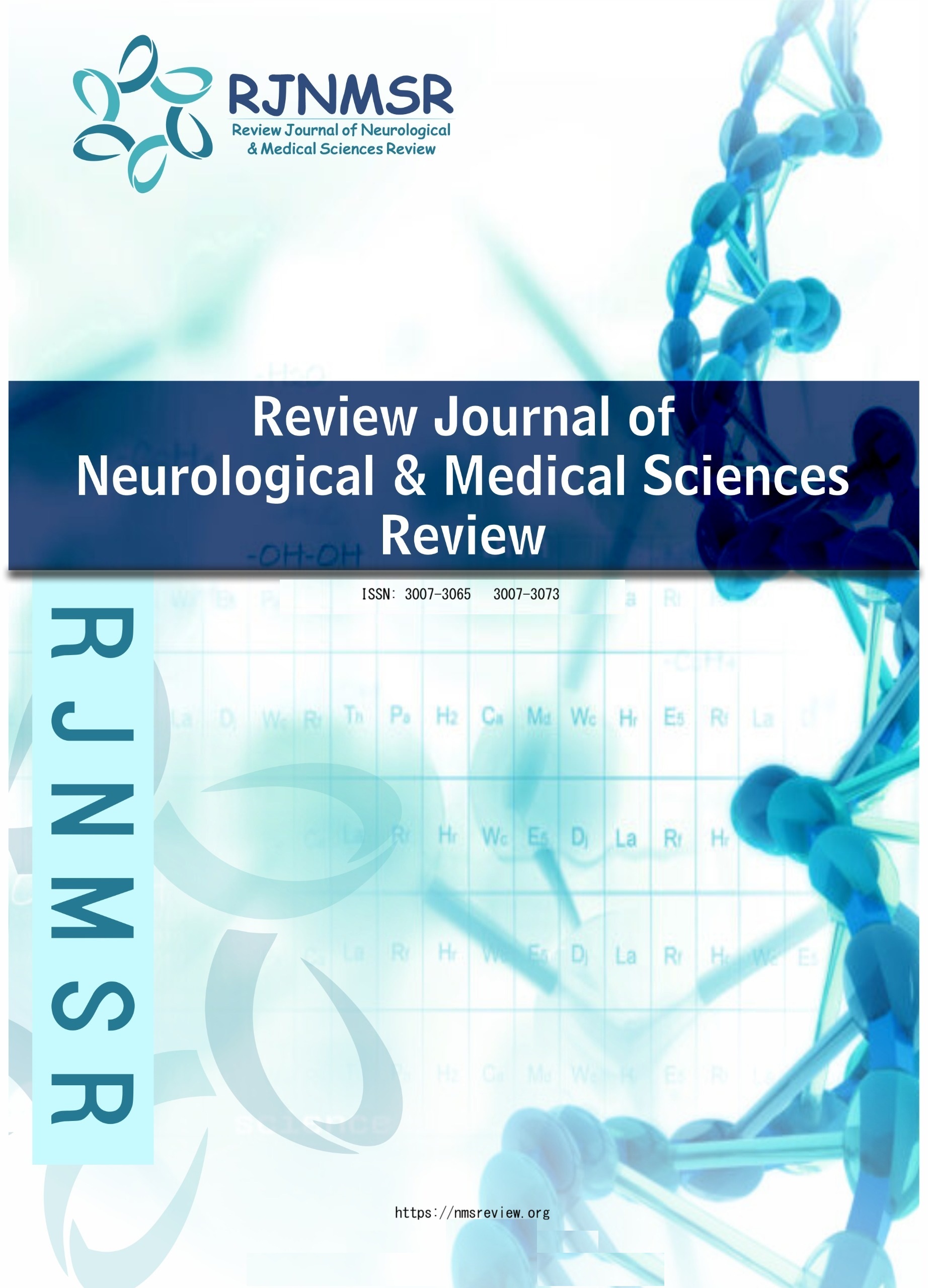A COMPARATIVE ANALYSIS ON PROPOFOL AND DEXMEDETOMIDINE drug EFFICACY AND HEMODYNAMIC STABILITY IN TOTAL INTRAVENOUS ANESTHESIA
DOI:
https://doi.org/10.63075/2d03x098Abstract
Background:
The advantages of total intravenous anesthesia (TIVA), including a quicker recovery, less post-operative nausea and vomiting (PONV), and better post-operative pain management, have made it an attractive substitute for inhalational anesthetic. Among TIVA drugs, dexmedetomidine and propofol are notable for their unique benefits. Propofol’s quick onset, gradual emergence, low adverse effects, and anti-inflammatory qualities make it a popular drug. It provides better hemodynamic regulation and is linked to positive recovery patterns. The selective α2 adrenergic receptor agonist dexmedetomidine, on the other hand, guarantees superior sedation, low respiratory depression, intraoperative hemodynamic stability, and improved recovery. It also lessens the need for opioids and the side effects that come with them. There are still differences between the two drugs' effects on recovery outcomes, hemodynamic stability, and sedative quality, despite their encouraging qualities. In order to improve anesthetic procedures, this study compares the intraoperative hemodynamic stability, cost-efficiency, and effectiveness of propofol and dexmedetomidine in TIVA. Aim: Assessing and contrasting the hemodynamic stability and effectiveness of propofol and dexmedetomidine in patients receiving total intravenous anesthesia (TIVA) is the goal of this comparative study. The purpose of this study is to evaluate important factors such as the degree of sedation, intraoperative hemodynamic stability, recovery time following surgery, and side effects linked to each anesthetic drug.
Material and Methods:
At Peshawar General Hospital, 144 ASA I or II patients between the ages of 18 and 60 who were having elective procedures covered by TIVA participated in this prospective, randomized, double-blind trial in 2024. The propofol group (Group P, n = 72) and the dexmedetomidine group (Group D, n = 72) were assigned to the patients at random. In Group D, a loading dosage of 1 mcg/kg was administered over 8 minutes, with maintenance at 0.5–1 mcg/kg/h. In Group P, the initial propofol dose was 2 mg/kg, followed by maintenance at 100–200 mcg/kg/min. Monitoring of hemodynamic parameters (MAP, HR, and SpO2) was done at baseline, during induction, and several times during surgery. Recovery profiles, extubation durations, adverse events, total drug dosages, expenses, and sedation levels were assessed.
Results:
Two groups (Group P: Propofol, Group D: Dexmedetomidine) were randomly assigned to 144 patients, 69.4% of whom were male and 30.6% of whom were female. The groups' demographics did not differ significantly. Based on hemodynamic analysis, Group D consistently showed lower heart rates than Group P, with statistically significant differences (p < 0.01), suggesting improved cardiac stability. Group D had higher stability in subsequent intervals, even though systolic blood pressure was largely identical (T3, p = 0.018). Following induction, both groups' diastolic and mean arterial pressures were quite comparable, indicating stable profiles for both drugs. Conclusion: The hemodynamic stability and quality of recovery during TIVA were shown to differ significantly between propofol and dexmedetomidine in this study. In later phases, dexmedetomidine demonstrated exceptional effectiveness in reducing and stabilizing heart rate and preserving a steady systolic blood pressure profile. Furthermore, a greater proportion of patients received outstanding recovery ratings, indicating that dexmedetomidine has the potential to improve the quality of recovery. Overall, it was found that dexmedetomidine was a more effective drug for enhancing post-operative recovery and establishing hemodynamic stability in TIVA.
Keywords: Dexmedetomidine, hemodynamic stability, anesthetic agents’ comparison, total intravenous anesthesia, intraoperative monitoring.

